Tackle and Tactics: Hardtail Plan B

By Toby Lapinski
If there is one thing we can all be certain of when hunting hardtails, it is that they don’t always cooperate. Some days it requires a change in plan—and target species—to find success consider Hardtail Plan B.
Hardtails Are Both Attractive and Frustrating
Once you get a little taste of the action, there is simply no escaping Albie Fever. But unfortunately, part of what makes hunting hardtails such as false albacore, bonito, Spanish mackerel, chub mackerel and the likes so attractive is what makes them equally frustrating: they can be as finicky and unpredictable as any other local species seen here in the nearshore New England and mid-Atlantic waters. Bites can turn on, explode, and fade out not just in a day or two, but often within a tide stage. So, what to do in-between bites? Simple, switch over to Plan-B (with the B standing for bottom fish) and make the most of the day.
My first albie trip of 2020 started out like many others before—and several since—in that we left the dock just as the first glimpse of color began to show on the eastern horizon. Fish had been “everywhere” the day before with not just boats reporting double-digit catches, but many anglers on said boats going well north of 10 fish each. Our hopes were endless and expectations of sore arms and possibly even a few fresh loins for the grill were high.
Entering the Watch Hill reef complex, Tommy eased off the throttle and we began to eye the well-formed rip lines for sign of fish—birds, white water, anything that stood out as being different. But we didn’t see anything yet, not even a wishful sign of life.
Often Have Lots of Company
Back on plane, our next stop would be in front of Weekapaug. As we slowly approached the point it became painfully obvious that we would not be alone this day as no less than two-dozen other craft from small tin boats to full-on sportfishers sought to get in on the previous day’s action. There were boats trolling, boats drifting, boats buzzing in-between other boats—we were already being treated to a variety of Albie Fever ailments, and it wasn’t even 7 AM.
Fortunately for our collective sanity, birds could be seen working over breaking fish in small, isolated clusters among the fleet, and we picked a line that would set our wind-and-tide-blown-drift on a course for some likely water.
Tommy, Shawn, and I began a methodical cast pattern that covered the water all around the boat, hitting everything that looked more like fish than whitecap. Here and there fish blew up, sometimes within mere feet of our lures, but no one seemed to be hooking up on our boat or anywhere else. Water would begin boiling with fish and bait, birds would soon locate the frenzy and then the more fever-afflicted of the boaters would steam headlong into the melee, putting the fish down again only to pop up a few hundred yards away.
This scene would play out over and over again for the next several hours, with maybe two or three fish being hooked that I saw, and only one fish making an appearance on anyone’s Facebook news feed. Some would be more than content to simply be a part of a day like this—and yes, we did eventually boat a few albies after making a move waaaaaaaay west of the fleet—but as much as I enjoy fishing, I still like catching. Sure, there are days when the usual suspects of striped bass and bluefish fill in the casts between hardtails, but on this day there was little bycatch to be had on top, so we had to get somewhat creative to put a consistent bend in the rod.
The Abundance of Fall
Fall fishing can be exciting for many reasons, not the least of which for me is the sheer variety of fish that can be found feeding in the same area. Albies and bonito often mix-in with bass and blues on and around the surface, but that’s not where the action stops!
It's a mistake born of albie fever and that is to look at an albie blitz and see a binary equation. It's not uncommon for other predators to feed on the same biomass of bay anchovies for example. Many believe the "secret sauce" behind the Albie Snax beyond it's castability is it's fusiform shape and striking (pun intended) resemblance of a small squid. A favorite snack for most all gamefish.
Beneath the visible action is quite often a buffet to be had in the form of all manner of bait and bottom fish including black sea bass, scup, fluke, sea robin and even blackfish/tautog. Very rarely has the day come and gone where I was unable to boat enough of these bonus fish to keep me happy; on a good day I’ve even come home with an unexpected but greatly welcomed feast. What’s even better is that 99% of the time these bonus fish—yes even the tog—fell for the very same lures intended for the albies and bones.
Tackle: Hardtail Plan B
When targeting bottom fish, it’s almost just as common these days to see anglers wielding metal jigs as basic bait rigs, and this is where my Albie Plan-B concept comes from. Sure, I always have several extra rods rigged and ready when hunting albies—one with a soft plastic such as an Albie Snax, one with a small spook like Yo-Zuri Topknock Pencil or Rapala Jumpin’ Minnow and a striper wild card like a Sebile Magic Swimmer or Stick Shadd—but when boat space allows for it, I also like to have several different tins or epoxy-type jigs rigged up and ready to go. By having different size and weights locked and loaded, I can—hopefully—be better prepared when fish show themselves or show a preference to a certain lure or color. When fish are not giving away their location, or when the bite is simply damn-near nonexistent like in the earlier example from last season, I pass the time by dropping down, instead of casting out, and I am often rewarded for the change in tactic.
Really, nothing special is needed here gear-wise that isn’t already on the menu. The very same 7-foot spinning rod commonly used in albie outfitswill work just fine, and if by chance the rod in my hand doesn’t have a heavy enough jig to moderately tend bottom, I can easily swap out for a heavier version by way of a Tactical Anglers Micro Clip. Despite what some may preach I have found little to no ill effect of using these tiny, streamlined clips when hunting albies. I figure if that eagle-eyed albie is ok with a treble or single inline hook hanging off the back of the Epoxy Minnowor Exo Jig, then a clip is not going to kill the bite either. Heck, some could even make a pretty good argument that the free-swinging jig swims better when attached to the clip versus an improved clinch knot.
Tactics: Hardtail Plan B

Photo courtesy of JoeBaggs Outdoors
So how do you fish that epoxy jig for bottom fish?
Well, if you’ve never swung a jig for bottom fish, I’ll tell you that for the most part there is nothing special or secret that needs to be done. Simply drop the lure down to the bottom and reel it back up, varying the speed with each drop. If this straight retrieve doesn’t work, try pounding the bottom if you’re over soft structure (sand, not rocks.) In this tactic you literally bounce the jig up and down on the bottom until something mistakes it for food. If you still haven’t hooked up after bouncing for a few drops, try different combinations of retrieve speed, rod bounce, stop-and-go, height off the bottom before dropping back down and so-on until you either put a bend in the rod or you get distracted by breaking albies and snap back to the original gameplan.
Now you might be saying, “With all those rods you mentioned having rigged up and ready why not rig one more appropriately for bottom fish with, say, a hi-low bait rig?” Sure, you can by all means go that route, but to me the method of actively jigging bottom fish on light tackle is almost as exciting as casting to breaking fish if for no other reason than the simple variety you’ll encounter. I have even hooked into a few rogue albies on an epoxy jig dropped down deep, but I have yet to land one on a piece of clam or strip or Fish Bite.
This tactic of going deep to save the day is not only limited to boat and kayak anglers. Many a shore-bound albie hunt has been saved by employing those very same tactics used on the boat. Porgies and black sea bass are especially fond of tins and epoxiescast from shore as I found a couple summers ago. It was mid-September and albies were making daily showings along the beaches of South County, Rhode Island. The schools were fast-moving, and you needed to be ready for their arrival. I set up just west of Quonny with about 2 hours to go before sunset, and like clockwork I could see birds working over frothing fish a good mile down the beach.
I impatiently waited—rod in hand, line on my casting finger, bail open and ready to cast—and at the first sign of fish within range I let fly with a 1-ounce Kastmaster that had produced several fish the previous day before according to some solid intel I had been provided. Each cast felt perfectly placed, but the action tended to break up almost as fast as it began, so I started blind casting as I walked the beach towards the outflow. When a pod of fish would explode, I’d hurry the lure in and cast in the general direction of where I thought they were moving, only to keep coming up empty. At some point in the outing I made a cast and my son asked if he could take a turn reeling in the lure. The time between my cast and his beginning the retrieve allowed sufficient time for the tin to sink, and within a few cranks he was tight—to a keeper black sea bass!

If this happened just once I would have passed it off as dumb luck, but we put together a solid catch of sea bass that afternoon and saved what would have been an otherwise frustrating couple of hours of casting. Since that afternoon I have repeated the success of working behind and below blitzing albies and chub mackerel with black sea bass and hubcap porgies my reward.
So, the next time the albies fail to keep up their end of the bargain, be sure to keep a solid Plan B in mind on that next outing; in the verity least you’ll put a few extra bends in the rod and make the most of your day on the water.




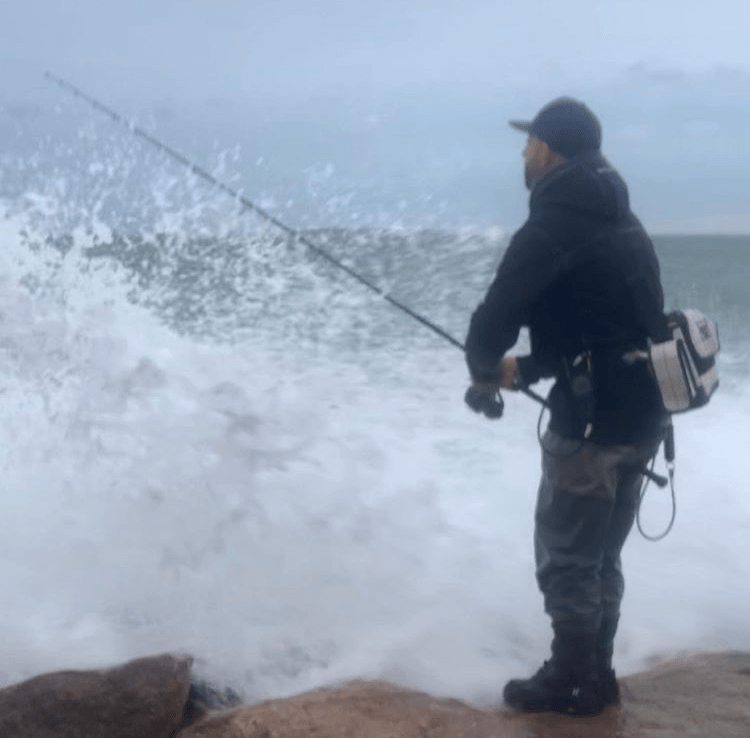

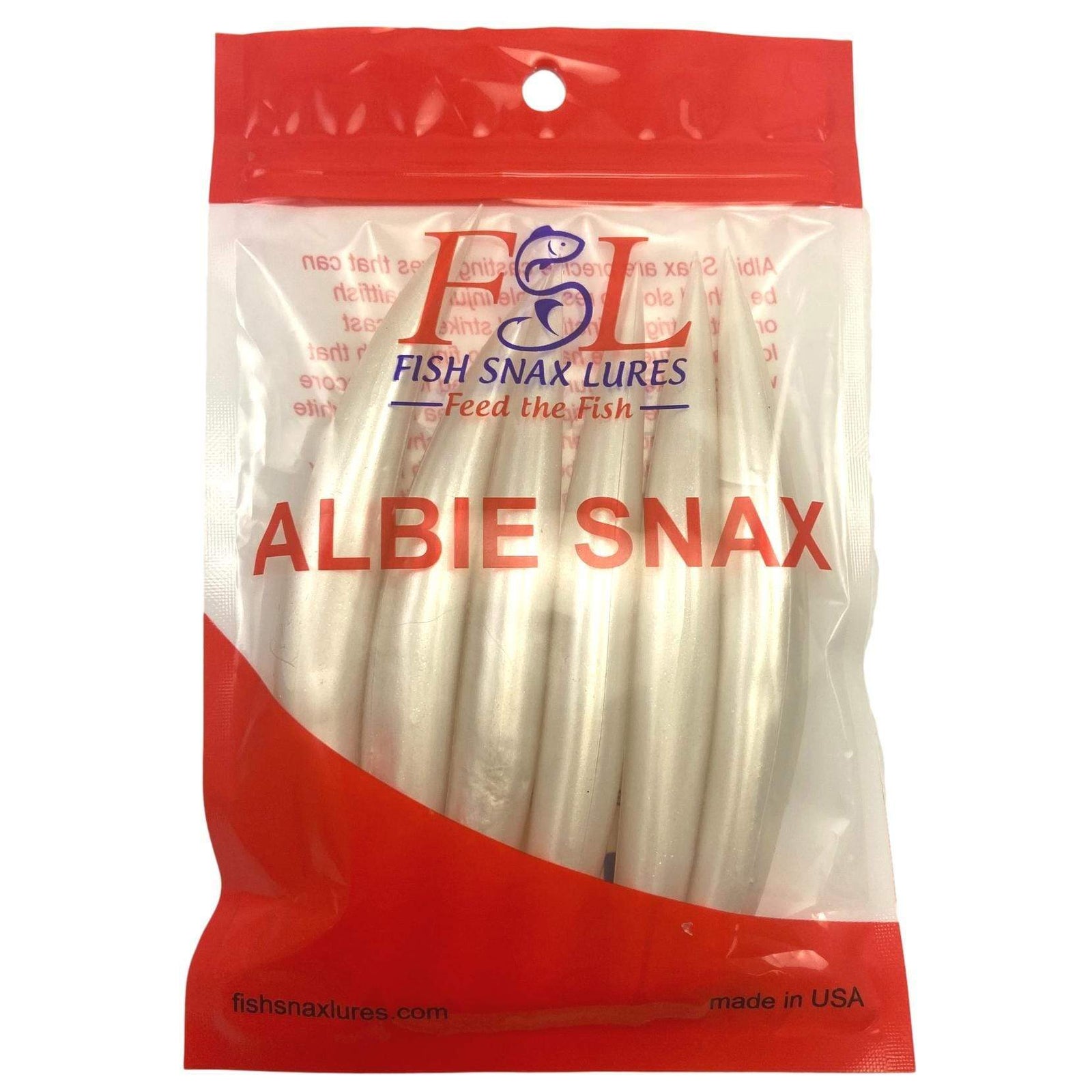

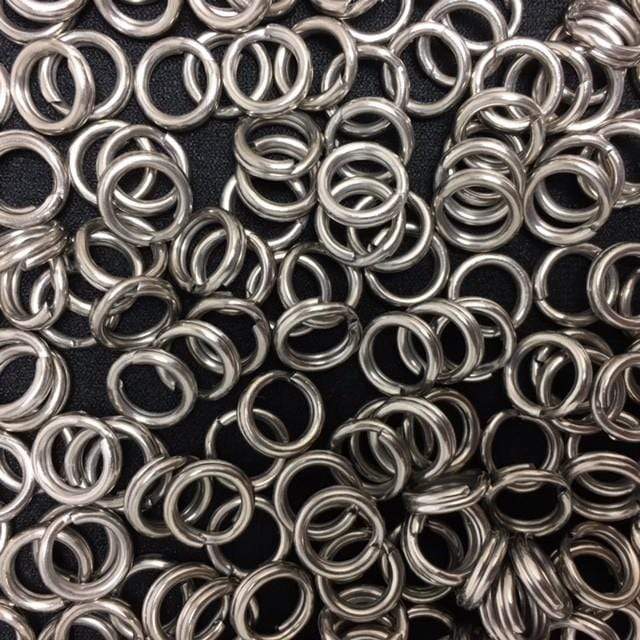
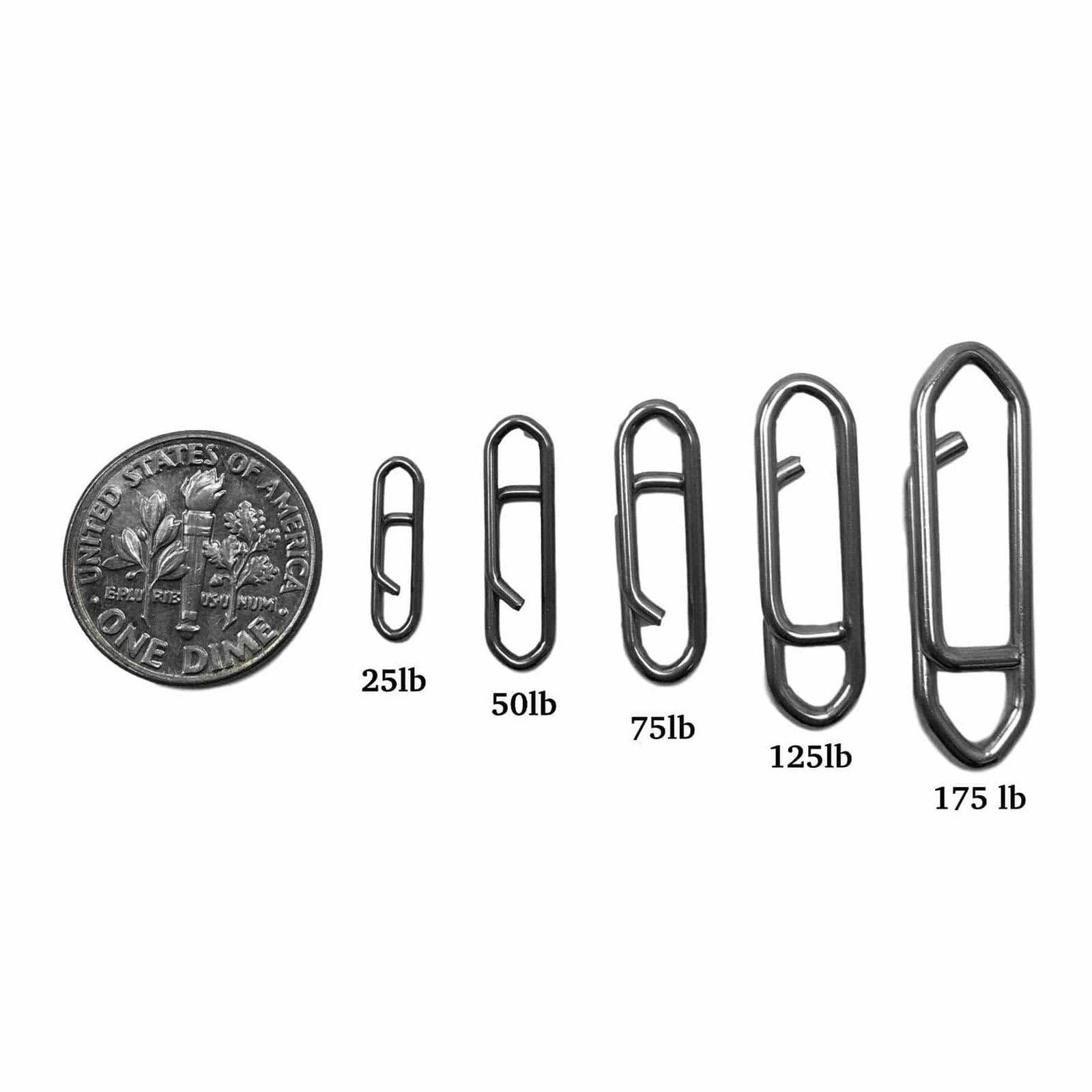




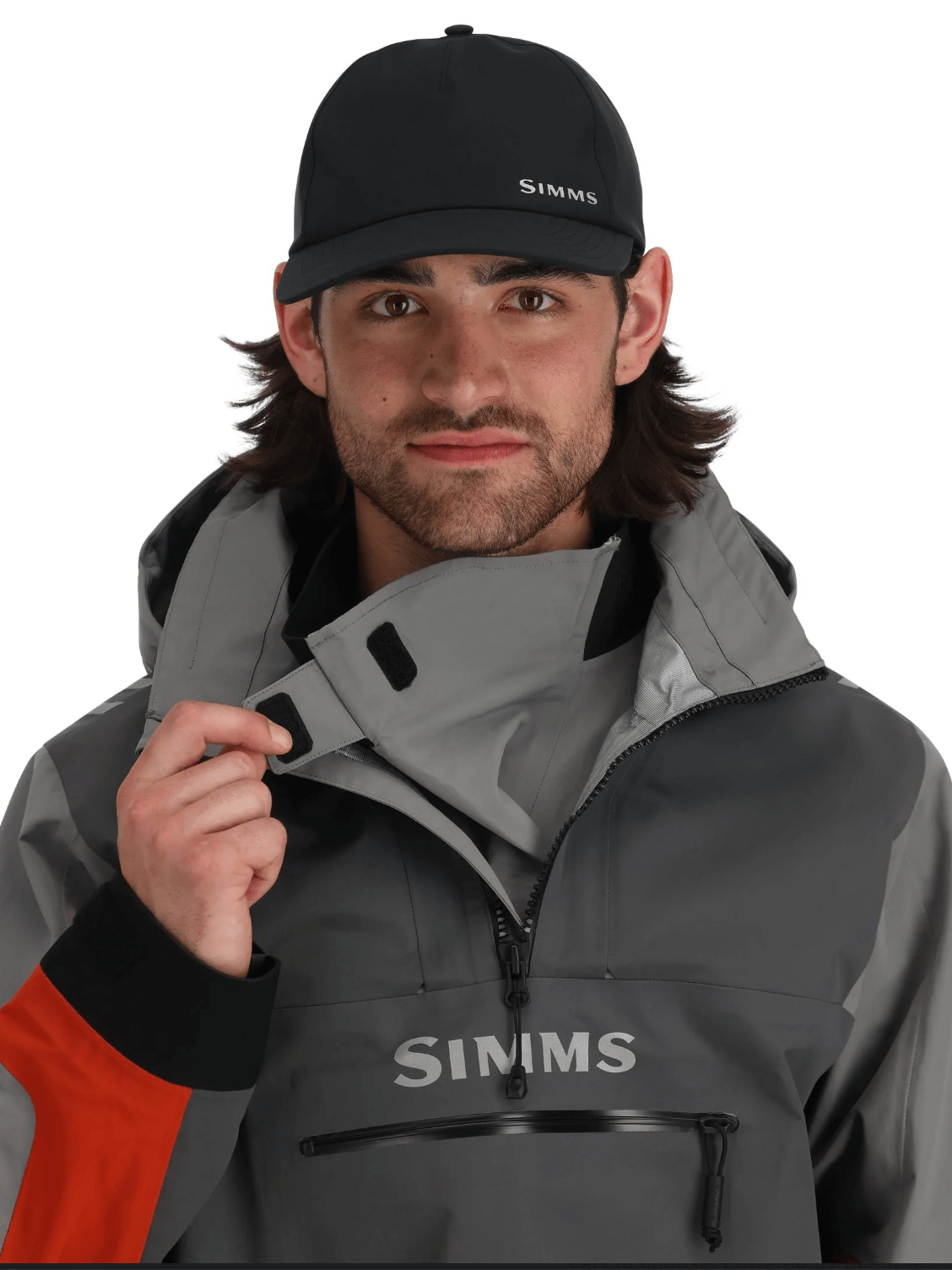

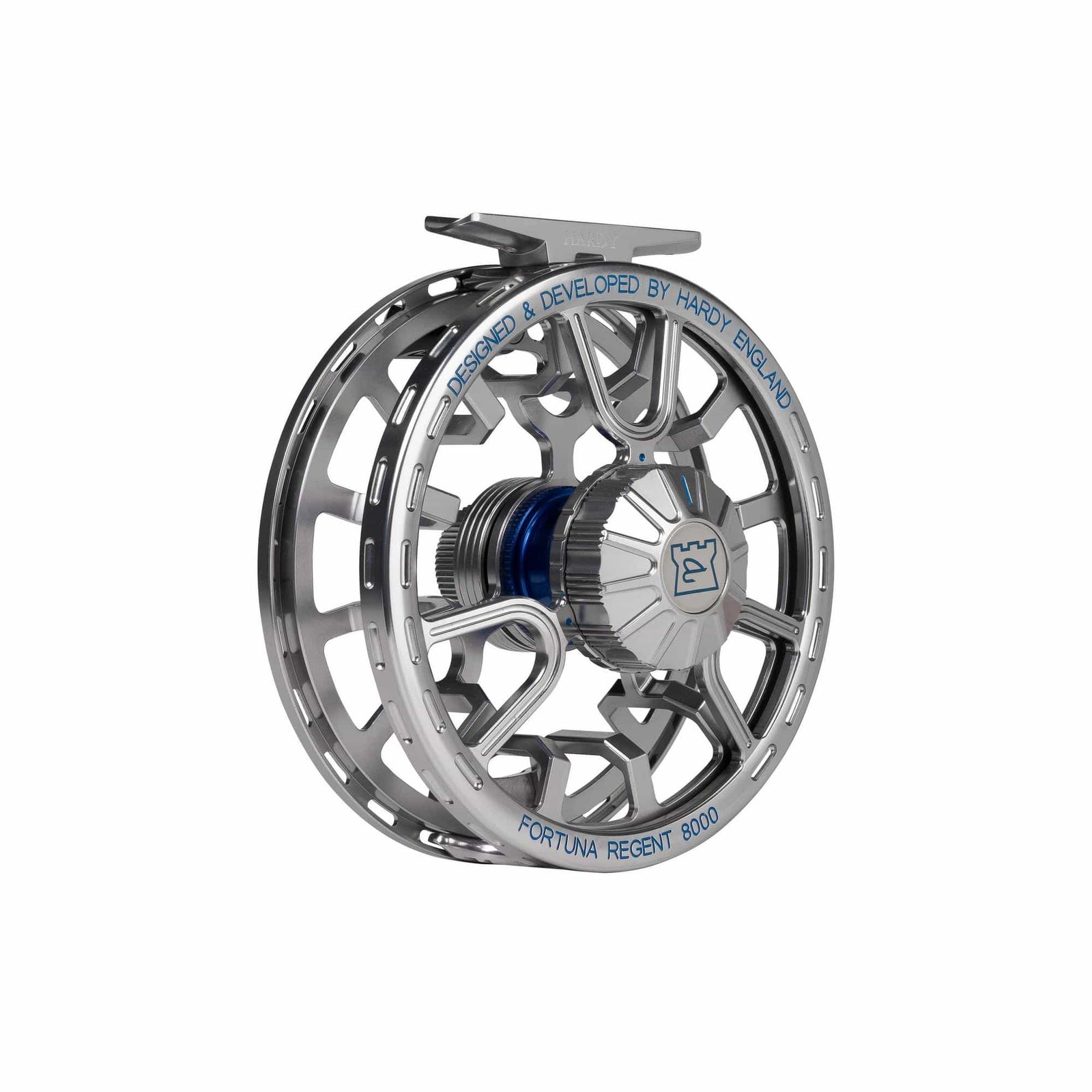
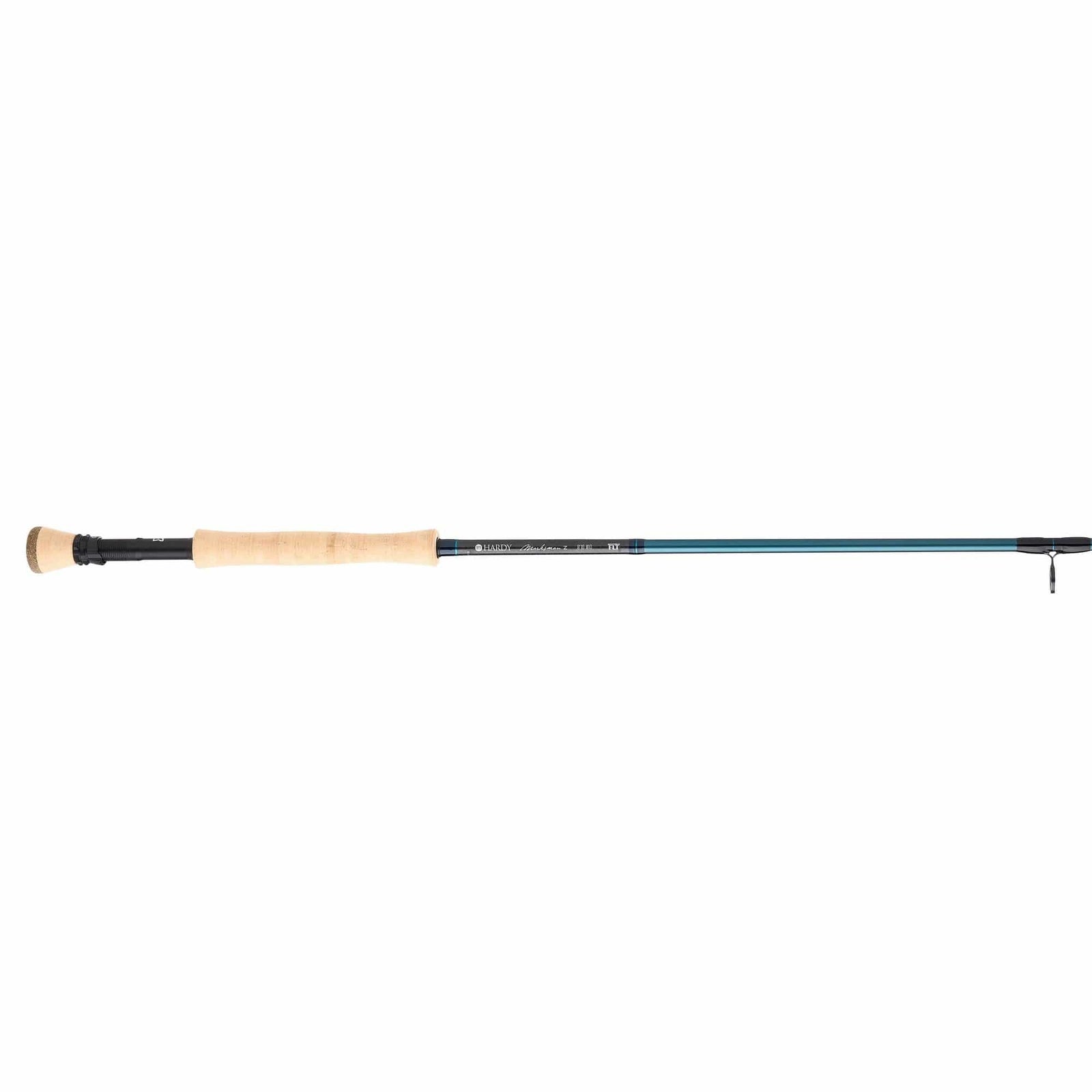

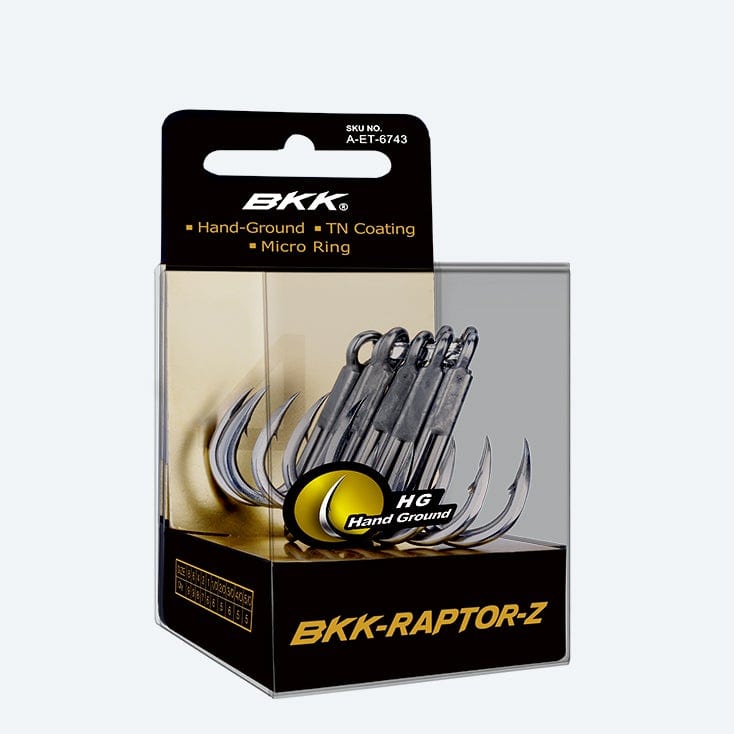
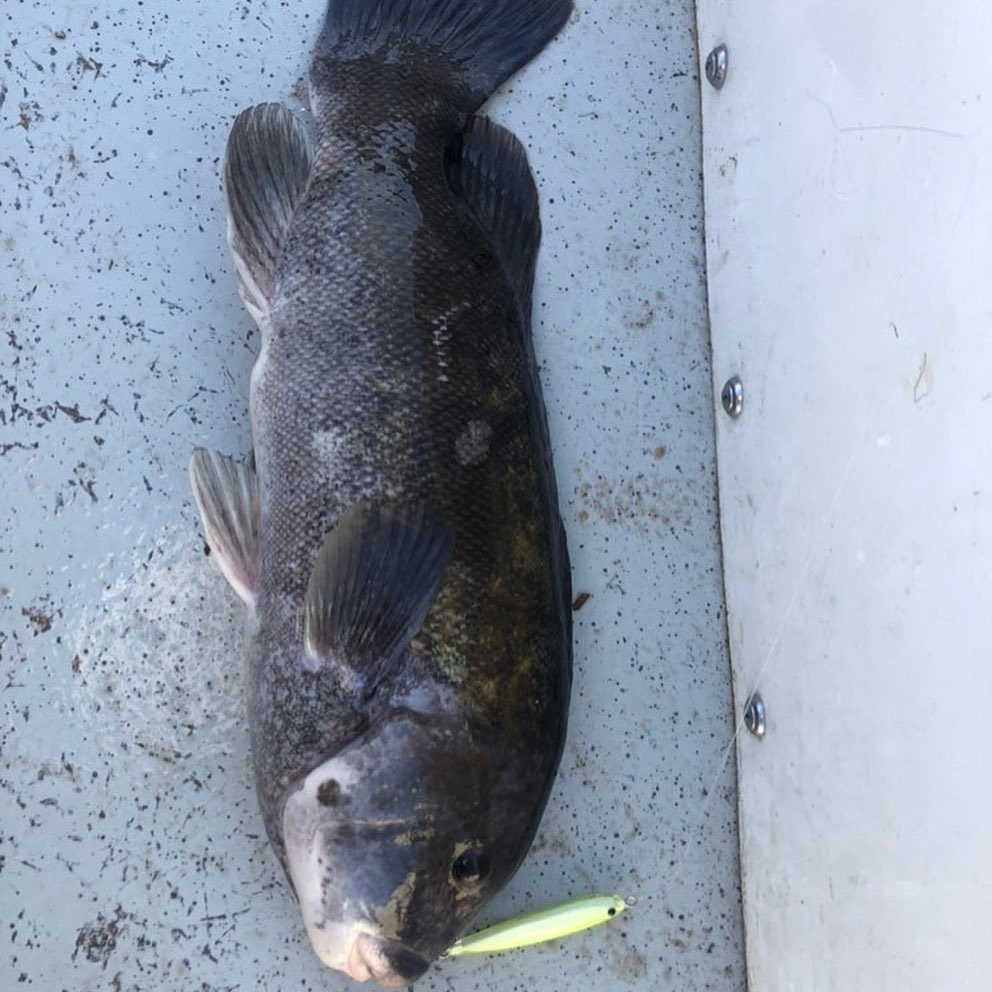
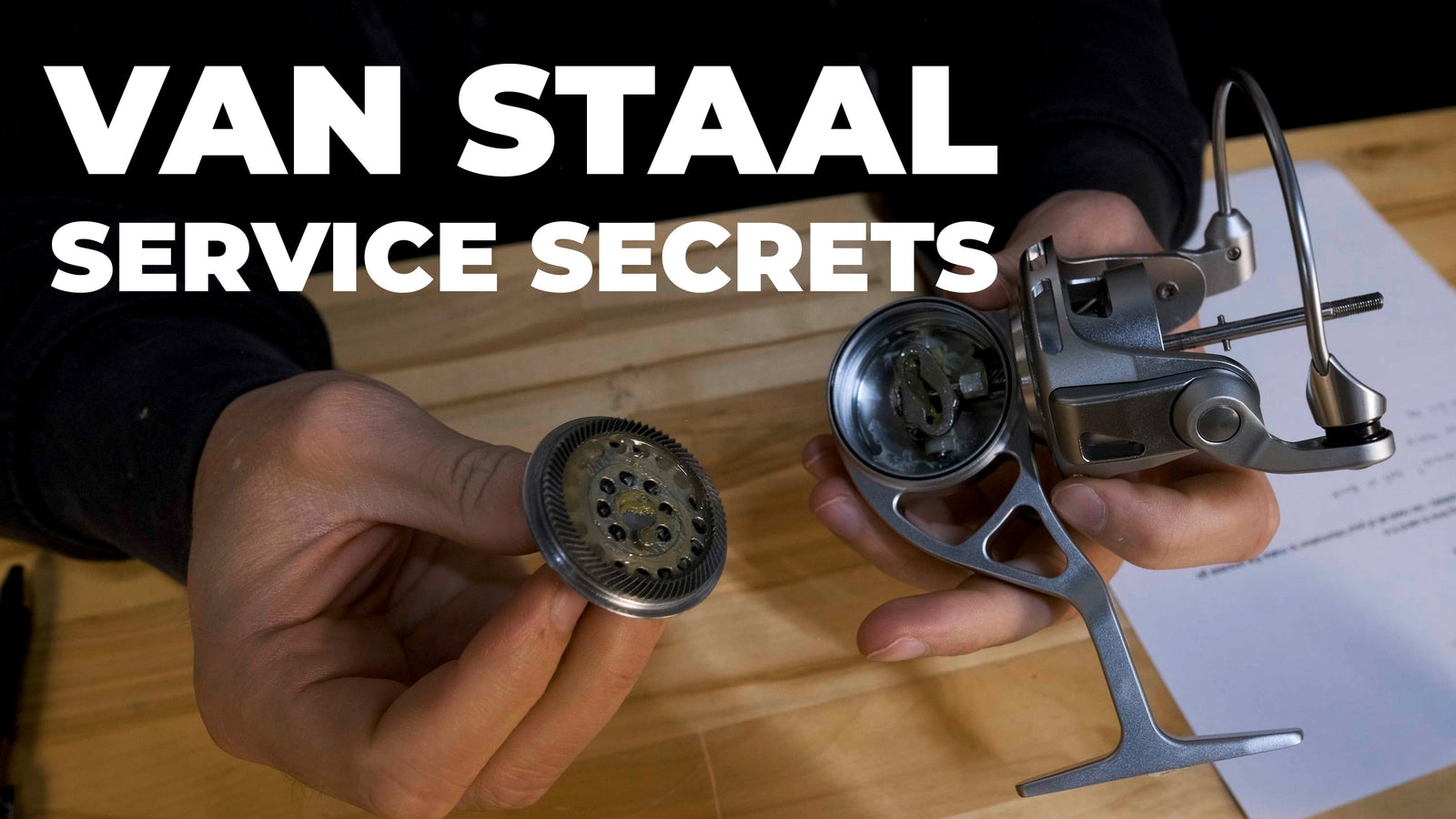


Raymond D. Ross, Jr.
September 30, 2021
good article Toby.